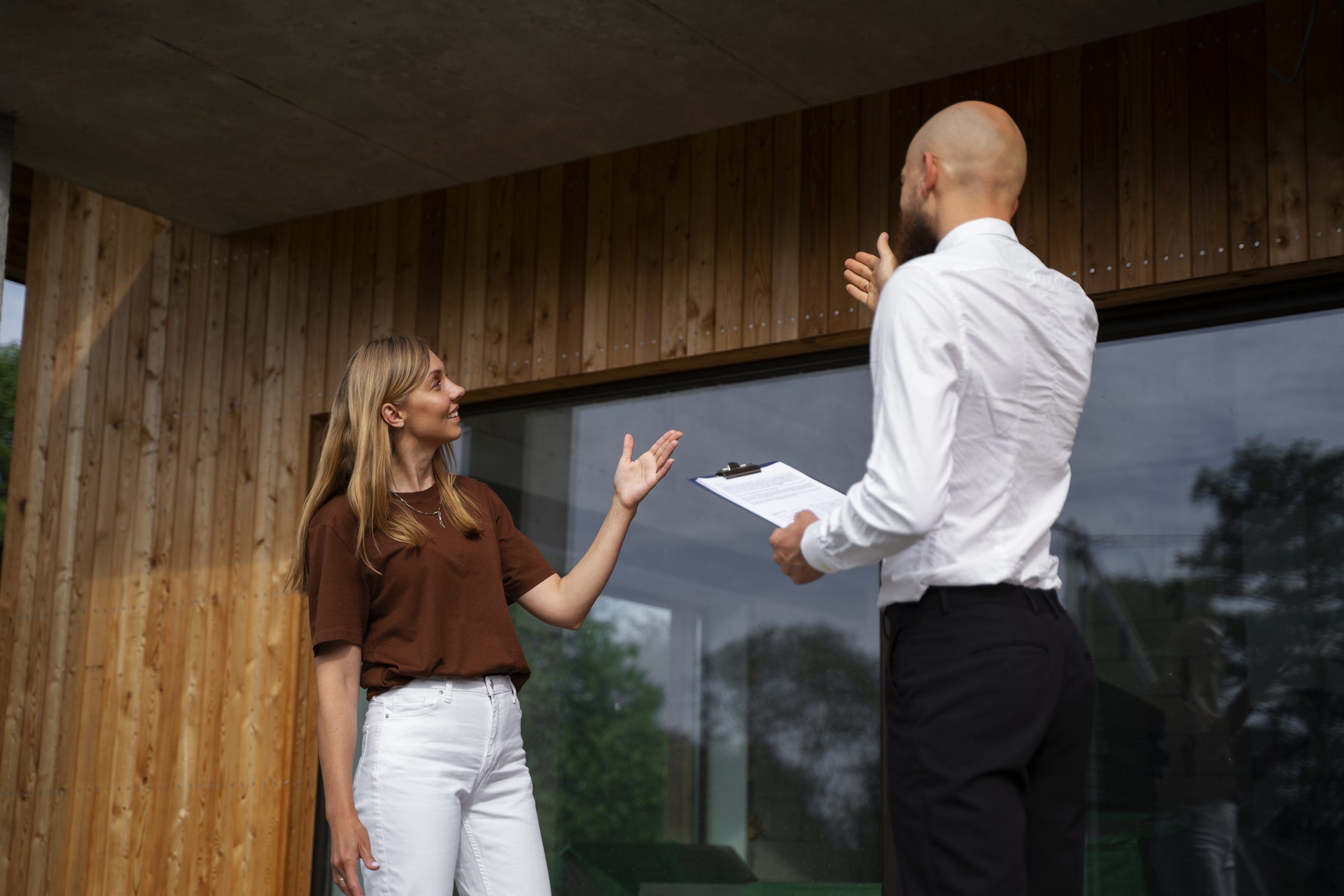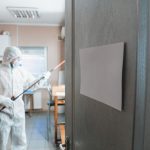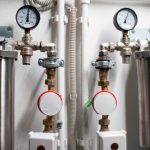Our Address:
Recovering from a storm is a multifaceted process that involves more than just cleaning up visible damage. Post-storm property restoration requires assessing structural integrity, addressing water damage, mitigating mold growth, and restoring essential systems like electricity and plumbing. Here’s a breakdown of the key stages involved:
1. Initial Damage Assessment
After a storm, a thorough inspection is critical to assess the extent of damage. A professional restoration company will examine the roof, windows, doors, and exterior walls for structural damage. They will also inspect the interior for water damage, including hidden moisture that could lead to mold growth.
Key areas that require assessment include:
- Roof and shingles: Inspect for loose or damaged materials.
- Windows and doors: Check for broken glass, water seepage, and damaged frames.
- Exterior walls: Look for cracks, holes, or signs of foundation damage.
- Electrical systems: Evaluate wiring and electrical panels for water intrusion or storm-related damage.
2. Water Removal and Drying
Water damage is one of the most common issues after a storm, especially in flood-prone areas like St. Petersburg, Tampa, and Clearwater. It’s crucial to remove standing water quickly to prevent further damage. Restoration teams use industrial-grade pumps, vacuums, and dehumidifiers to dry the affected areas thoroughly.
Standing water can:
- Compromise flooring materials such as wood and carpets.
- Weaken structural components, leading to rot and deterioration.
- Create an ideal environment for mold growth within 24 to 48 hours.
3. Mold Remediation
Mold is a serious concern in post-storm restoration, particularly in humid environments like Largo and Palm Harbor. Mold can begin to grow quickly in damp areas, often in hidden spaces like behind walls or under floors. Restoration teams will use specialized equipment to locate and eliminate mold to prevent long-term health risks and property damage.
Mold remediation involves:
- Removing contaminated materials like drywall and insulation.
- Cleaning and disinfecting surfaces with mold-killing agents.
- Using air scrubbers and dehumidifiers to prevent mold recurrence.
4. Structural Repairs
After assessing the damage, the next step is making structural repairs to restore your property to its pre-storm condition. This may include repairing or replacing damaged roofs, siding, windows, and doors, as well as fixing internal structural issues such as damaged walls or weakened foundations.
Key repairs may include:
- Roof repairs: Fixing leaks, replacing shingles, or full roof replacement if necessary.
- Foundation repair: Addressing any cracks or shifts caused by flooding or storm pressure.
- Drywall and insulation replacement: Replacing water-damaged walls and insulation to prevent mold growth.
5. Restoration of Essential Systems
Storms often disrupt essential systems like plumbing, electricity, and HVAC systems. Restoration professionals will check for issues like:
- Electrical systems: Inspect and repair any water-damaged wiring or circuits.
- Plumbing: Check for broken or clogged pipes, especially in areas prone to flooding.
- HVAC: Inspect and clean HVAC systems to prevent mold and ensure proper air circulation.
6. Final Cleanup and Sanitization
The last stage of post-storm restoration is the final cleanup and sanitization process. This involves:
- Removing debris from the property.
- Sanitizing surfaces to prevent bacteria or mold growth.
- Cleaning carpets, upholstery, and other materials.
This step ensures that the property is safe, clean, and ready for use again.
CIS Solutions: Your Partner in Post-Storm Property Restoration
At CIS Solutions, we specialize in helping property owners recover from storm damage quickly and effectively. From water extraction and mold remediation to structural repairs, our team provides comprehensive restoration services throughout St. Petersburg, Tampa, Clearwater, and surrounding areas.





